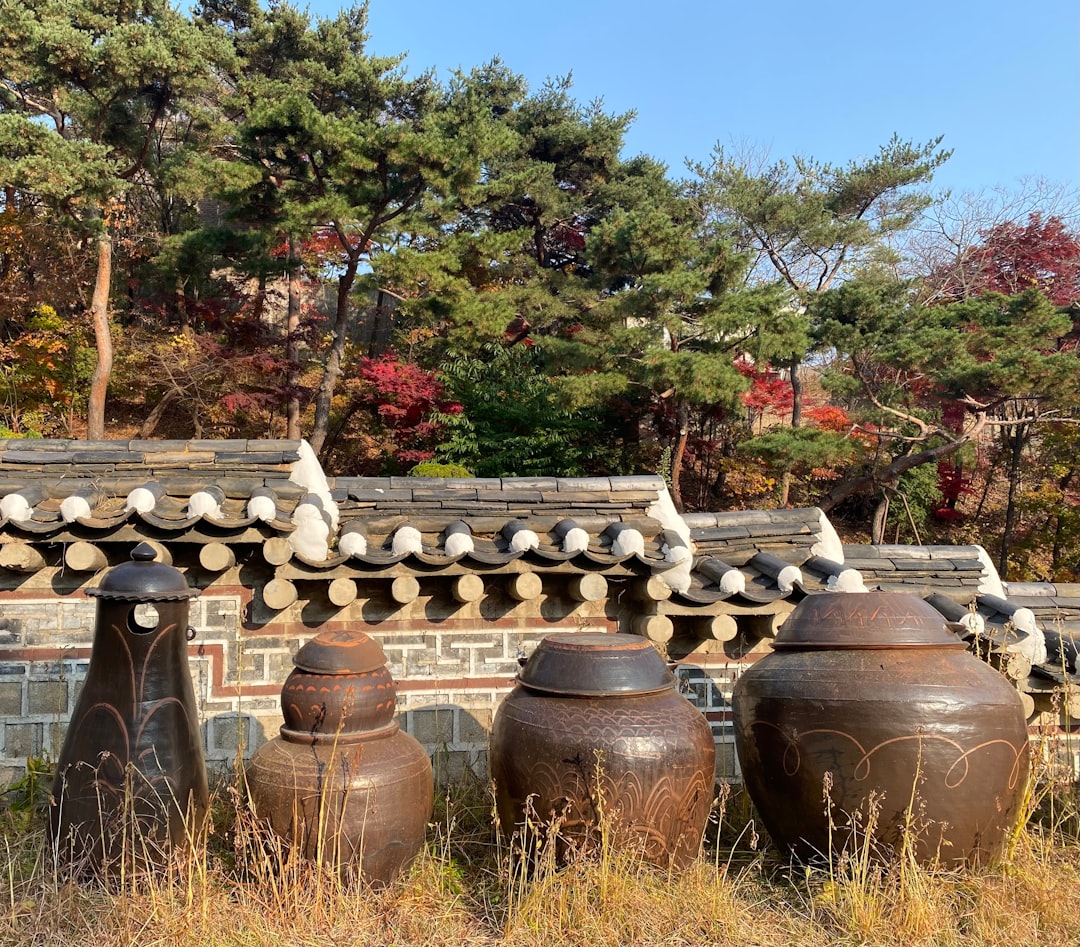Korean Cuisine: Tradition, Diversity, and Flavor
Introduction
Korean food, renowned for its vibrant colors, bold flavors, and remarkable variety, is a central aspect of Korean culture and daily life. Steeped in centuries of rich history and deeply connected to the country’s geography and seasons, Korean cuisine offers an astonishing array of dishes that range from fiery and pungent to delicately savory. Across the globe, Korean food is now celebrated for its unique taste profiles, health benefits, and visually appealing presentations.
Historical and Cultural Context
Korean cuisine developed through complex interactions among environment, politics, and neighboring cultures. The peninsula’s mountainous terrain, ample coastline, and distinct seasons all contributed to an assorted pantry of locally available ingredients — roots and grains in the cold north, abundant seafood along the coasts, and lush vegetables in the fertile south.
Confucian ethics shaped the structure of meals and the importance of communal dining, while Buddhist and shamanistic traditions influenced food preparation (notably vegetarian practices). Over centuries, waves of invasion, trade, and modernization brought in new ingredients (like chili peppers from the Americas in the 16th century), forever impacting Korean flavor profiles.
Core Elements of Korean Food
Grains: The Foundation
The staple of the Korean diet is rice, with meals typically centered around a bowl of steamed white rice (bap). Alternative grains such as barley, millet, and beans are often mixed in, especially in traditional households.
Table: Common Korean Grains
| Grain | Korean Name | Description | Typical Use |
|---|---|---|---|
| White Rice | 밥 (Bap) | Short-grain rice; sticky when cooked | Main meal staple |
| Barley | 보리 (Bori) | Chewy texture, nutty flavor | Mixed rice, teas |
| Millet | 기장 (Gijang) | Small, round grain, yellowish | Porridges, mixed rice |
| Red Beans | 팥 (Pat) | Earthy, slightly sweet | Rice cakes, desserts |
Kimchi: The Iconic Side
No discussion of Korean food is complete without kimchi — a quintessential side dish made of fermented vegetables (most commonly napa cabbage or radish) seasoned with chili, garlic, ginger, and fish sauce. Kimchi is more than a condiment: it embodies Korea's preservation traditions and is a probiotic-rich superfood.
Banchan: A Symphony of Sides
Traditional Korean meals feature banchan — a dazzling array of small side dishes meant for sharing. These can include namul (seasoned vegetables), jeon (pancakes), jangajji (pickles), and many more.
Table: Typical Banchan Types
| Banchan | Main Ingredient | Preparation |
|---|---|---|
| Kimchi | Napa cabbage/radish | Fermented |
| Kongnamul-muchim | Soybean sprouts | Parboiled, seasoned |
| Japchae | Sweet potato noodles | Stir-fried with meat/veggies |
| Gamja-jorim | Potatoes | Braised in soy sauce |
| Oi-muchim | Cucumbers | Spicy, vinegared salad |
| Gyeran-jjim | Eggs | Steamed custard |
Soups and Stews (Guk, Jjigae, Tang)
Korean cuisine is famous for its soups and stews, essential both as main and supporting dishes. These range from mild and clean (like miyeok-guk—seaweed soup) to robust and spicy (like kimchi jjigae).
| Name | Korean | Main Ingredients | Flavor Profile |
|---|---|---|---|
| Doenjang jjigae | 된장찌개 | Soybean paste, tofu, vegetables | Savory, earthy |
| Kimchi jjigae | 김치찌개 | Aged kimchi, pork, tofu | Spicy, tangy |
| Galbitang | 갈비탕 | Beef short ribs, radish, noodles | Clear, rich, hearty |
| Samgyetang | 삼계탕 | Whole young chicken, ginseng, jujube | Mild, medicinal |
Regional Specialties
Korea’s diverse geography has led to the development of distinct regional cuisines:
- Jeonju: Famous for its Bibimbap — rice mixed with sautéed vegetables, beef, and gochujang (chili paste).
- Busan: Known for fresh seafood and dishes like milmyeon (wheat noodles).
- Jeju: Specializes in black pork barbecue and abalone porridge.
Korean Barbecue (Gogi-gui)
Korean barbecue is a social and gustatory experience. Diners grill marinated or plain meats (typically beef, pork, or chicken) at the table, then eat the slices wrapped in lettuce with garlic, chili, and dipping sauces.
Popular Korean Barbecue Cuts
| Cut | Korean Name | Description | Usual Marinade |
|---|---|---|---|
| Short Ribs | 갈비 (Galbi) | Bone-in beef ribs | Soy, garlic, sesame oil |
| Pork Belly | 삼겹살 | Uncured, thick pork slices | Usually unseasoned |
| Bulgogi | 불고기 | Thin sliced beef | Sweet soy-based marinade |
Street Food and Modern Trends
In city markets and roadside stalls, Korean street food offers delicious quick eats: tteokbokki (spicy rice cakes), hotteok (sweet pancakes), and eomuk (fish cakes). Recently, Korean fusion cuisine and international adaptations, like Korean-style fried chicken and kimchi tacos, have found worldwide popularity.
Eating Customs and Health
Korean meals are almost always shared, emphasizing harmony and community. Traditionally, metal chopsticks and spoons are used, and respect for elders is shown in the way meals are served and eaten. The abundance of vegetables, fermented foods, and healthy grains makes Korean cuisine not only flavorful but also beneficial for gut health and overall well-being.
Conclusion
Korean cuisine, rooted in rich tradition and constant innovation, offers something for everyone — whether you crave the comforting simplicity of rice and soup, the explosive flavors of kimchi and barbecue, or the exciting creativity of modern street food. Its blend of communal eating, healthful ingredients, and complex flavors continues to captivate people around the world, making it one of the most dynamic cuisines to explore.
Whether you're sampling your first bowl of bubbling kimchi jjigae or crafting a colorful bibimbap, Korean food promises a memorable journey through taste and tradition.

Comments
No comments yet. Be the first to comment!